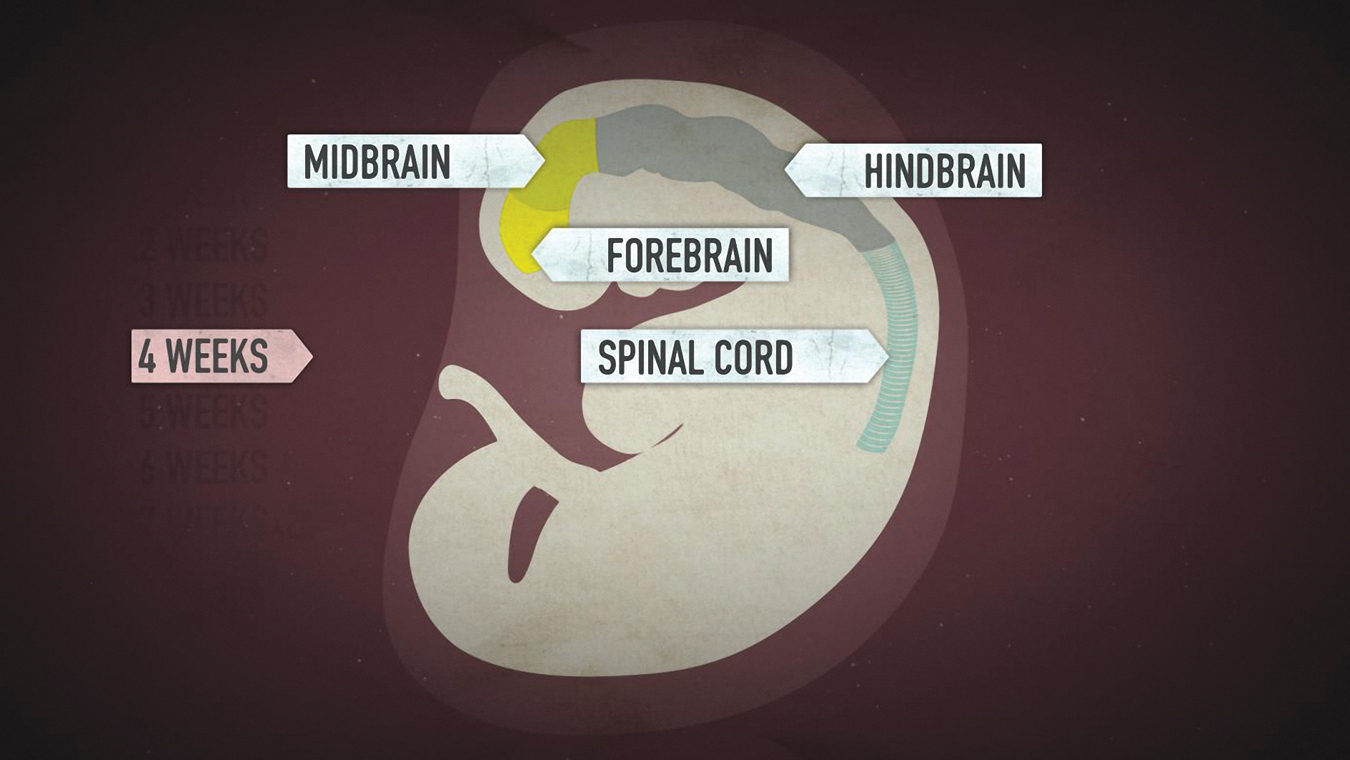Applications
Question 3.1
Pick one of your traits, and explain the influences that both nature and nurture have on it. For example, if you have a short temper, explain its origins in your genetics, your culture, and your childhood experiences.
Question 3.2
Many adults have a preference for having a son or a daughter. Interview adults of several ages and backgrounds about their preferences. If they give the socially preferable answer (“It does not matter”), ask how they think the two sexes differ. Listen and take notes—don’t debate. Analyze the implications of the responses you get.
Question 3.3
Draw a genetic chart of your biological relatives, going back as many generations as you can, listing all serious illnesses and causes of death. Include ancestors who died in infancy. Do you see any genetic susceptibility? If so, how can you overcome it?
Question 3.4
List a dozen people you know who need glasses (or other corrective lenses) and a dozen who do not. Are there any patterns? Is this correlation or causation?
ONLINE CONNECTIONS

To accompany your textbook, you have access to a number of online resources, including Learning Curve, an adaptive quizzing program, critical thinking questions, and case studies. For access to any of these links, go to www.worthpublishers.com/launchpad/bergerls9e. In addition to these resources, you’ll also find links to video clips, personalized study advice, and an ebook. Some of the videos and activities available online include:
- Genetics and Early Prenatal Development. This activity includes animations of our earliest development.
- Identical Twins: Growing Up Apart. This video features footage of two identical twins, separated at birth and unknown to each other until adulthood.